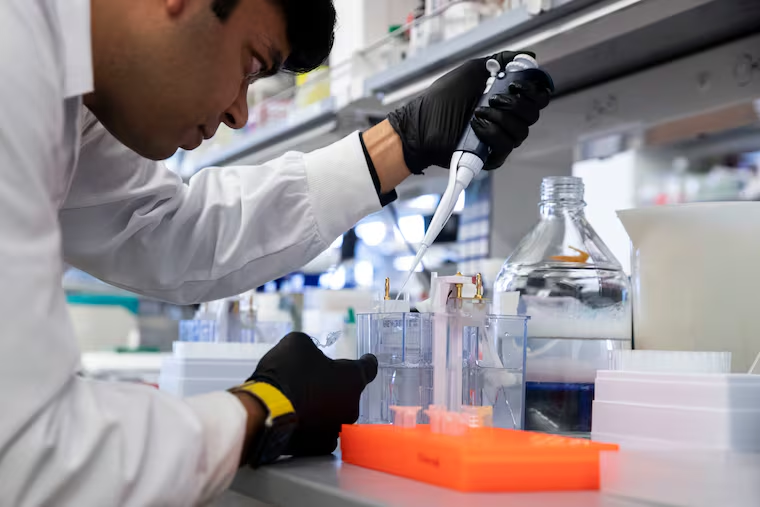Inside a Philadelphia lab, scientists race to design a coronavirus vaccine
Scientists at the Wistar Institute and its partners expect to test a vaccine in human subjects by early summer.

Scientists at the Wistar Institute and its partners expect to test a vaccine in human subjects by early summer.
